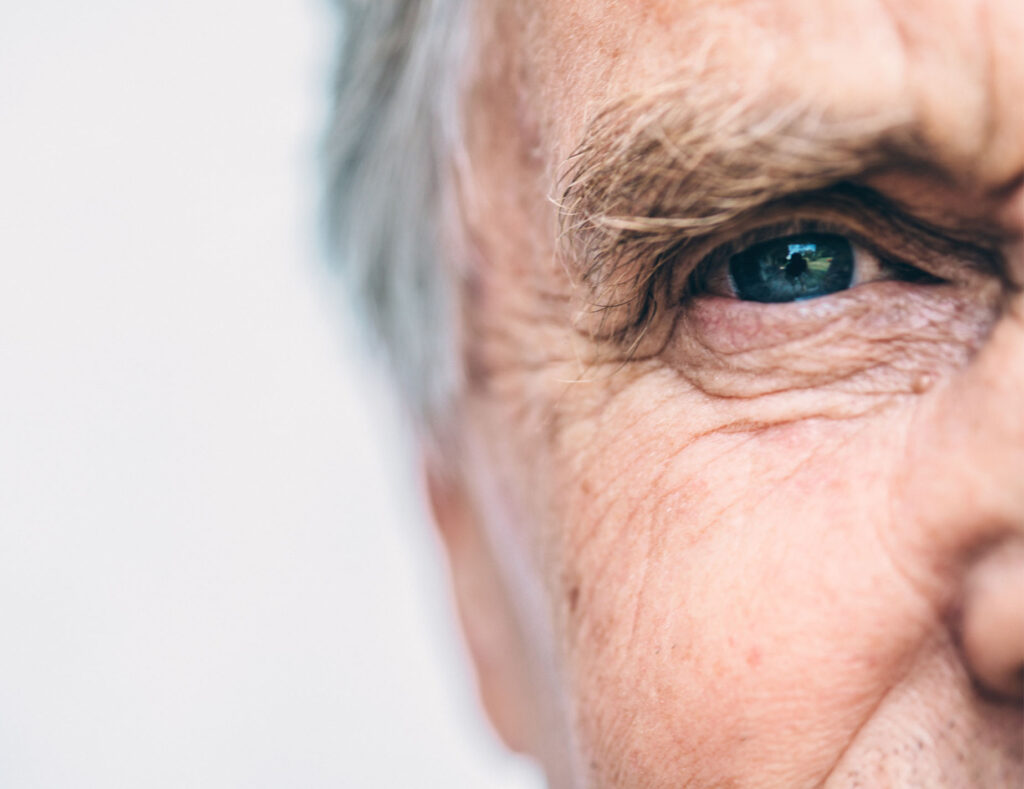
Here is what we’ll cover in this blog post:
- How aging research intersect with long COVID
- Chronological vs biological age
- How we can address our biological age
- How this affects the future of long COVID
Recently, a few longevity drugs have made their way into the limelight as extremely promising candidates for the prevention and treatment of long COVID.
While this is still a novel and exciting realm of discovery, with new data emerging at a rapid pace, we want to go through the evidence of how longevity drugs pack such a unique promise for defeating long COVID.
In this post, we’ll briefly introduce the difference between our chronological age and our biological age. We’ll discuss how aging science intersects with one of the most notorious chronic diseases of today.
How Does Aging Relate to Long COVID?
Think of a tree with many branches, with the trunk and roots being the fundamental pathological process driving disease, and each branch being a different symptom. We’re stuck hacking away at branches (symptoms) when it is the roots/trunk that we need to be targeting.
For long COVID (and any other chronic diseases) the trunk of the tree is represented by the cellular and molecular dysfunctions that drive the aging process, also known as the hallmarks of aging (HoA).
It is at this level that the biology of aging and the pathology of long COVID converge. This understanding could reveal the key to defeating long COVID. But what does the “biology of aging” mean, and how does it affect long COVID?
Chronological vs biological age
Chronological age represents how long we’ve lived on earth, the number of candles on our birthday cake. Our chronological age progresses with time, and so far, there’s no way to reverse it without a time machine.
Biological age is a reflection of the health of our various organs, tissues, and cells. Biological age is our true age and explains why two 65-year-olds can have drastically different health statuses and lifestyles.
Think of the comparison between Keith Richards and Patrick Stewart. They’ve both lived on earth for around the same amount of time, but while Patrick Stewart was doing one-armed pushups and directing witty comments at interviewers in his early 70s, Keith Richards smoked a pack of cigarettes, consumed copious amounts of alcohol, and was afflicted with multiple health issues. Though their chronological ages are nearly identical (Patrick Stewart is older), their health statuses and biological ages are vastly different.
So if time causes chronological age to increase, what causes biological age to increase?
What we eat, our stress levels, the air we breathe, sleep quality, and digestion all influence cell damage accumulation. Biological age is driven by cellular damage and dysfunction, leading to wrinkled skin, brittle bones, frailty, pain, and disease.
Damage accumulation within our cells is unavoidable. When we are young, our cells can faithfully clear away cellular damage before it accumulates and becomes a problem. As we age, our built-in systems responsible for resolving damage become less efficient: damage accumulates gradually and insidiously, and over time this gives rise to the chronic diseases and ailments that we’ve come to associate with aging.
How Can We Turn Back the Clock?
Leading-edge research has shown that biological age can be modulated, even reversed, with lifestyle changes, treatments, and technology.
Interventions targeting the fundamental biology of aging to prevent diseases (the goal of geroscience) are largely neglected. The same treatments that could enhance our healthspan are the same ones that our healthcare system often overlooks.
Big, blinded, placebo-controlled clinical trials – the industry gold standard – usually look to investigate potential treatments for disease, rather than drugs that might keep future illness at bay. It’s a bias that makes research easier and faster, allowing pharma companies to stay on top of the food chain.
The simple truth is that our current healthcare system operates as a (sick)care system in which our health isn’t treated as an asset that should be carefully guarded, but rather a game of “whack-a-mole.” In this game, a person’s health isn’t prioritized until disease rears its ugly head – then it’s bopped on the head.
This approach helps manage illness and keeps people alive longer than they would have been in the pre-medicine era. The problem is that extra years are spent battling illness, taking multiple medications, with compromised quality of life and suffering.
Where Aging Meets Long COVID
A true (health)care approach invests in preserving one’s health while they still have it and pushing diseases out to the furthest ends of one’s lifespan or avoiding them altogether.
The “Geroscience Hypothesis” states that, since aging is the largest shared risk factor for a variety of common chronic conditions, targeting the causes of aging will prevent or delay the onset and progression of multiple chronic diseases – including long COVID.
So, how does long COVID affect our longevity, and what problems does it present for longevity scientists and enthusiasts alike? These are questions we’ll answer in the next part of our series, as we move closer to revealing how longevity science may spell the end for long COVID once and for all.
Note: The above statements have not been evaluated by the Food and Drug Administration. This product is not intended to diagnose, treat, cure, or prevent any disease.
